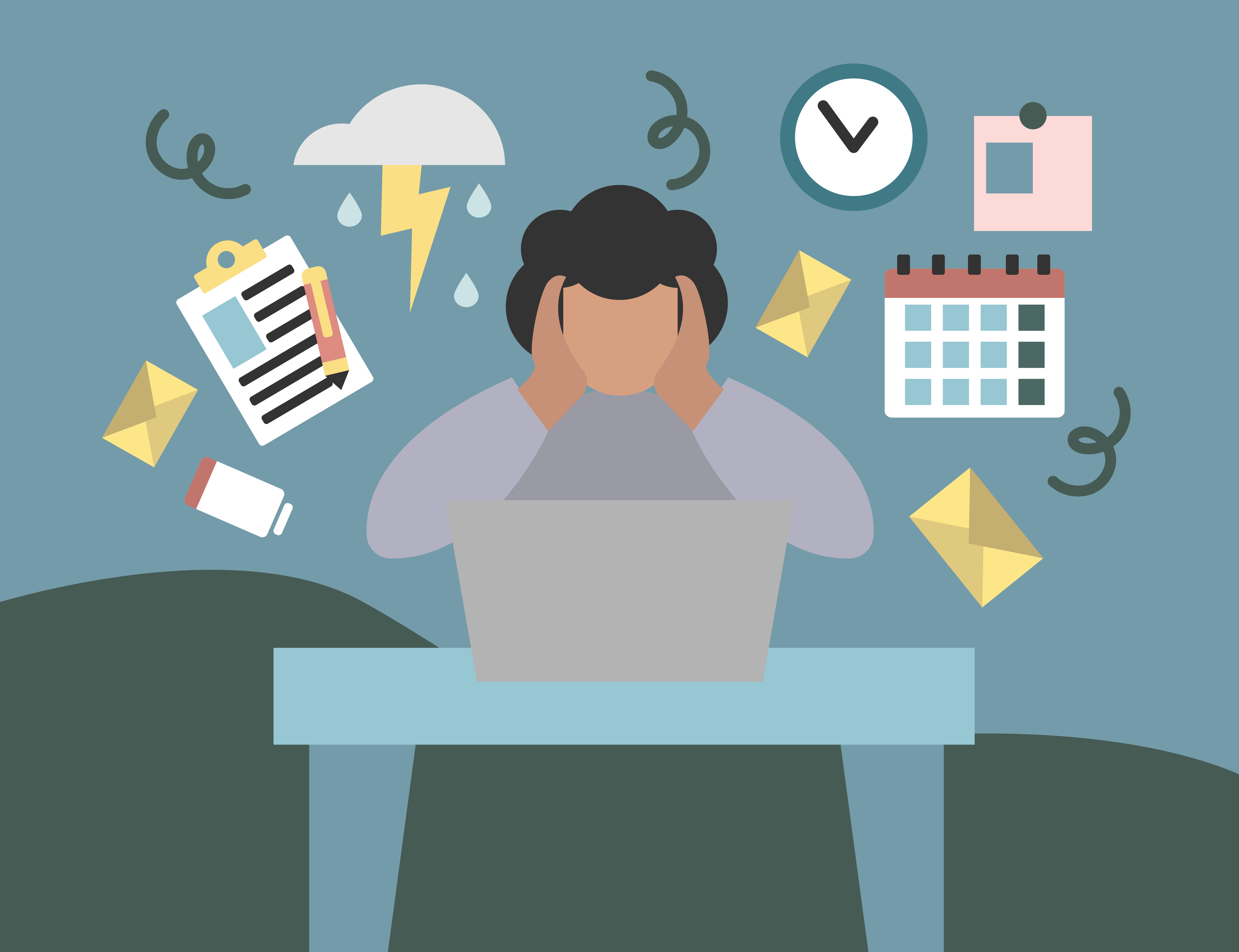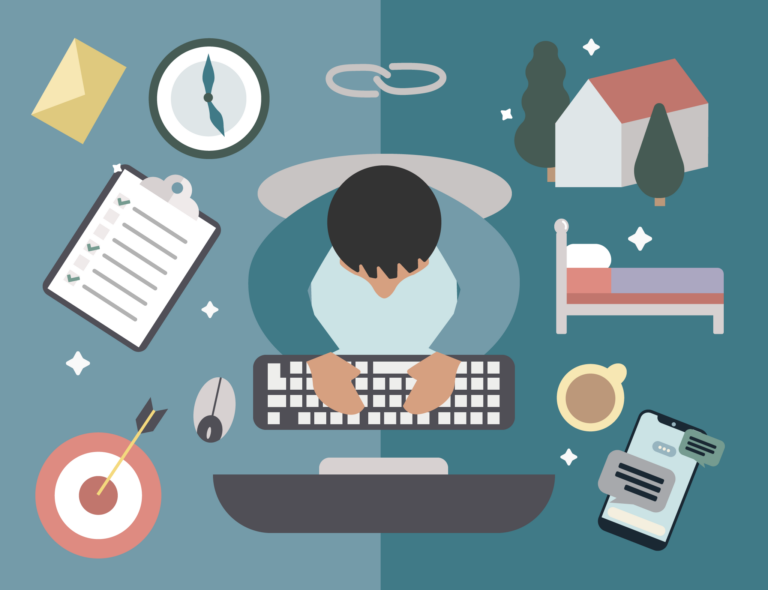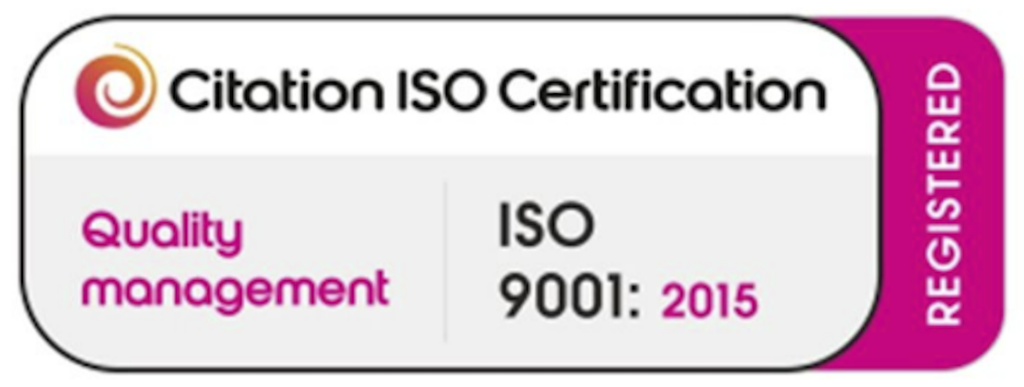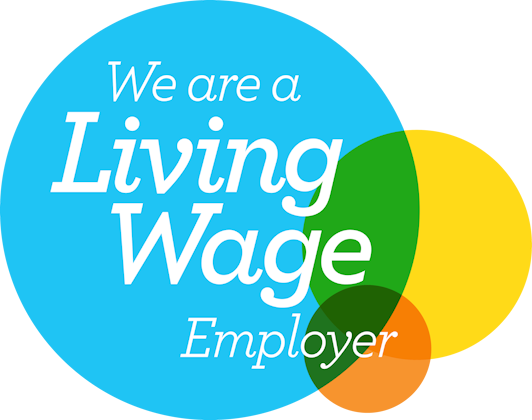What is workplace anxiety?
Everyone gets anxious at times and it can help us function well but it can become a problem when it happens too often, goes on for a long time, or it stops us from doing the things we want to do.
Anxiety can be mild to severe and is an umbrella term for unpleasant feelings and thoughts, such as fear, nervousness, apprehensiveness, self-consciousness, or worry. Workplace anxiety is often caused by a sense of threat or uncertainty.
Employees may be worried about losing their job, not getting promoted, or that their work is not good enough. This can sometimes manifest as fearing criticism, or social anxiety about having to present their work.. Workplace anxiety can interfere with job performance, productivity, and overall well-being.
What is workplace stress?
Workplace stress is often confused with workplace anxiety but the two are different.Workplace stress is usually related to pressure or a sense of demand, expectation or lack of understanding and control.
It can be caused by a variety of things like working long hours, feeling pressured and not being able to meet tight deadlines, and having difficulties and conflicts with colleagues.
Workplace stress can lead to feelings of frustration, exhaustion, burnout, and even physical health problems if not addressed.Workplace anxiety and stress manifest themselves in a similar number of ways. Symptoms can be physical, psychological or behavioural.
You may notice that employees are more withdrawn and don’t appear as engaged. They may be turning their camera off more and avoiding social situations. Maybe they are taking more and more days off work.
Employees may appear more irritable; they may come across as negative and defensive.Tiredness is also a symptom of anxiety or stress, often caused by a lack of good sleep.
When left unaddressed, workplace anxiety can escalate and lead some employees to develop an anxiety disorder. This is where anxiety becomes prolonged and persistent, and impacts on their daily life.
How to support employees with workplace anxiety
1. Communication
Take time to talk to your employees. Understand how they are coping work wise – is there anything they are struggling with or finding difficult. Do they have particular concerns that are worrying them?
2. Open culture
Encourage an open culture, where employees feel able to talk about their mental health. If leaders are open about their own challenges, this often helps employees to open up.
3. Encourage self-care
Educate employees on the importance of self-care and actively encourage it. Offering flexibility can help employees to find the time to invest in themselves.Giving access to self-care tools such as meditation and mindfulness exercises can also be really beneficial.
4. Make adjustments
If an employee is struggling, it can help to put adjustments in place. It could be as simple as redirecting tasks they are working on or helping them approach them in a different way. Offering flexibility can also help; this could be integrating more breaks into their day or adjusting their work hours.

Giving employees access to therapy can be really beneficial. It allows them to talk through their anxiety and understand what is causing it. They can then work with their therapist to put coping strategies in place.











